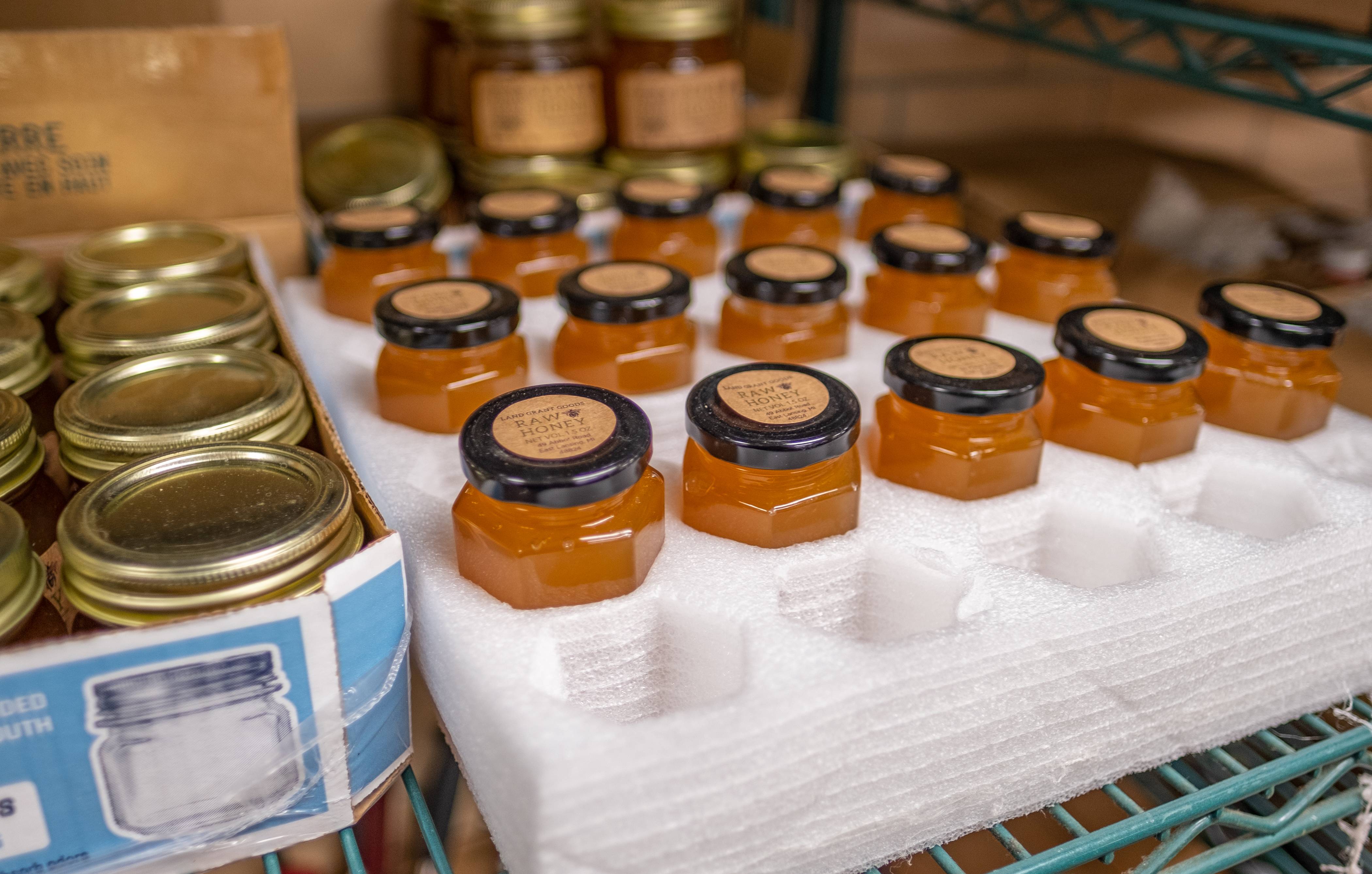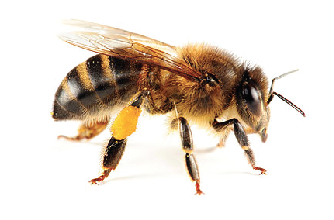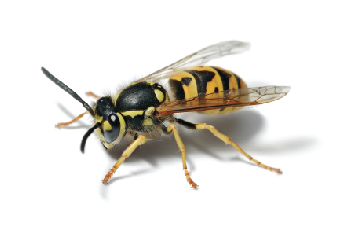Rooftop Bees at Bailey Hall
Overview of the #BaileyBees Project
On April 6th, 2015, two honeybee colonies were introduced onto the southeast side of the Bailey GREENroof. The Bailey Bee Team made history, as this was the first time a honeybee colony was placed on the roof of a residence hall!

Through the Bailey Rooftop Bee Collaboration, our goals are that students will be able to learn and think critically about honeybee colonies and honey production. The Bailey GREENhouse and Urban Farm will provide a safe habitat for honeybees to live and flourish on the Bailey Hall GREENroof, which help educate about the sustainability issue of declining honeybee populations. Michigan State University will benefit from increased opportunity for outreach, research, teaching experiences outside of the classroom, and education to broadly address threats to our bee population. More specifically, unlike any other project at Michigan State, this project contributes to new knowledge and education in urban apiculture and farming and how honeybees contribute to creating a sustainable food system by pollinating surrounding crops as well as providing honey.
Honey bees are one of the most vital species on our planet, and MSU students and faculty have united to help - we are working together to create a safe habitat for honey bees to live and flourish on the Bailey Hall GREENroof! Look up - You can view our bee colonies out on our GREENroof on the southeast side. Soon you will be able to try honey from our hives in the dining halls!
I saw a bee, is it from our hives?
 PERHAPS. This is a honey bee – If it looked fuzzy and golden colored, it may be one
of ours. Our workers are unlikely to bother you - they die when they sting, and only
eat nectar and pollen from flowers.
PERHAPS. This is a honey bee – If it looked fuzzy and golden colored, it may be one
of ours. Our workers are unlikely to bother you - they die when they sting, and only
eat nectar and pollen from flowers.
 NOPE, not ours - this is a Yellow Jacket and technically not even a bee! They are
more aggressive - they can sting multiple times, and are interested in other food
sources like your lunch or your soda!
NOPE, not ours - this is a Yellow Jacket and technically not even a bee! They are
more aggressive - they can sting multiple times, and are interested in other food
sources like your lunch or your soda!
Additional FAQs about #BaileyBees
How many bees are on the roof?
On April 6th we introduced 26,000 honeybees to the GREENroof in two separate hives, and as the season continues on their population will grow and can grow up to over 100,000!
Why is having bees on our greenroof important?
Honeybees are great pollinators, which are crucial to the health of our plants in the Bailey GREENhouse and Urban Farm. Honey bee health is a very real issue in the current agricultural world, and having honeybees on our greenroof offers an opportunity to educate visitors about the importance of bees while enjoying delicious homegrown honey!
Should I be worried about the bees at Bailey Hall?
Honeybees are not aggressive towards humans unless they are provoked, so the best thing you can do to avoid the bees is to stay calm. They are peaceful creatures that are going about their own business, typically looking for flowers to feed from and pollinate; they aren’t interested in you!
What about people who are allergic to bees? What precautions should they take?
If you are allergic to bees, talk to your doctor, and make sure that you know your risks, and understand care if you have a reaction. The front desk staff and bee team members are all trained on how to administer Epi-pen medications, but it is your responsibility to have your medication with you.
How can I support this project?
Please contact Dr. Laurie Thorp at thorpl@msu.edu or 517-432-4944 to make a donation.
